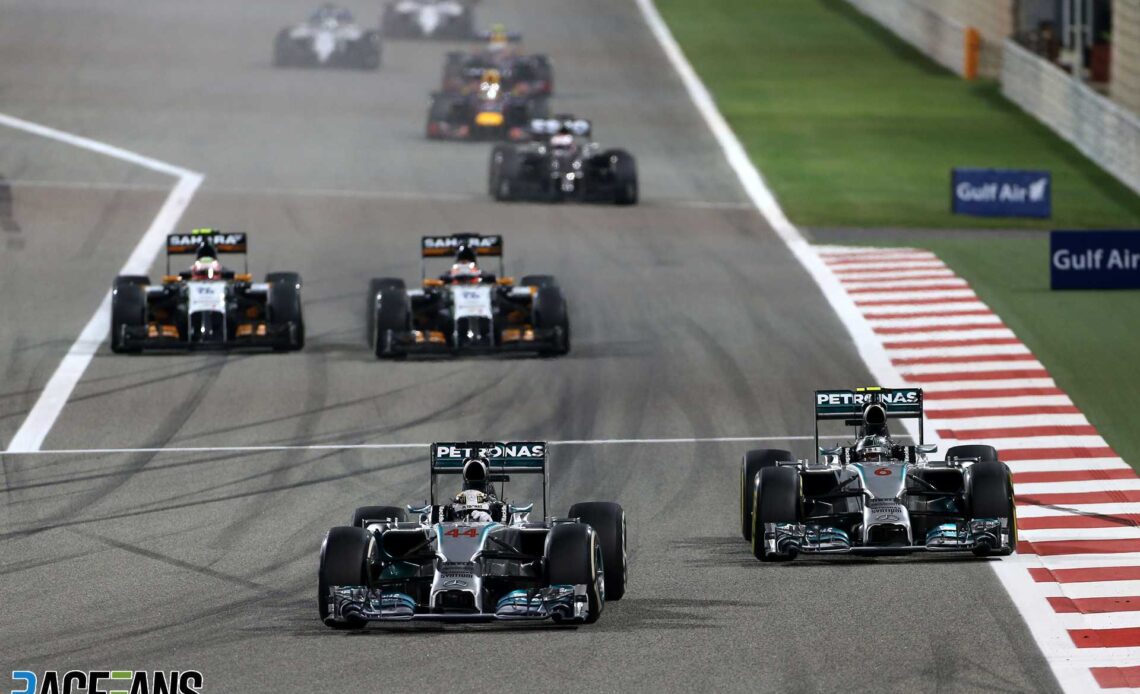After Red Bull dominated the second race of the 2023 Formula 1 season, a glum Lewis Hamilton claimed they are as far ahead of the chasing pack as his team once were.
That’s a big claim to make. Mercedes annihilated the competition when the V6 hybrid turbo era began nine years ago and remained in that position for three years. It may not have been the all-time high watermark of domination by a car and team, but it was the most one-sided contest any driver on the grid today has experienced.
We’ve only seen what the Red Bull RB19 can do in two competitive outings so far this year. But last weekend’s race in Jeddah was enough to crush their rivals’ hopes that the Bahrain International Circuit had flattered its capabilities. No one is in any doubt that this year’s championship is Red Bull’s to lose.
Nonetheless this early look at their performance has to come with the caveat that we haven’t seen what they can do across all tyre types and track configurations. Perhaps an ‘outlier’ venue like Singapore will catch them out, as memorably happened to Mercedes in 2015.
But based on the limited data available so far, it seems the RB19 is not quite a match for the formidable Mercedes cars of 2014 to 2016. In terms of pure qualifying pace, its advantage is quite a bit less. Taking the average performance advantage of the four cars over those seasons, the RB19 falls well short of the three Mercedes:
This may slightly under-read how far ahead Red Bull are. Max Verstappen lapped up to half a second quicker than his team mate Sergio Perez in Jeddah until he was sidelined by a driveshaft failure. It’s likely he could have set a faster pole position time, though likely not enough to put their advantage on a par with a 2014-16 Mercedes.
Advert | Become a RaceFans supporter and
While Red Bull’s advantage in qualifying is in the order of a few tenths of a second, in the race it is far more. At times last weekend they were up to a second per lap faster than their rivals, notably once they switched to the hard tyre in the second half of the race. That advantage dissipated as the tyres degraded:
But Mercedes’ advantage was greater in the races as well in their dominant years. During the second race of the V6 hybrid turbo era in Bahrain, Hamilton and team mate Nico Rosberg faced off in a battle for victory which revealed just how much quicker they were than the chasing pack.
Advert | Become a RaceFans supporter and
Following a late-race Safety…
Click Here to Read the Full Original Article at RaceFans…

